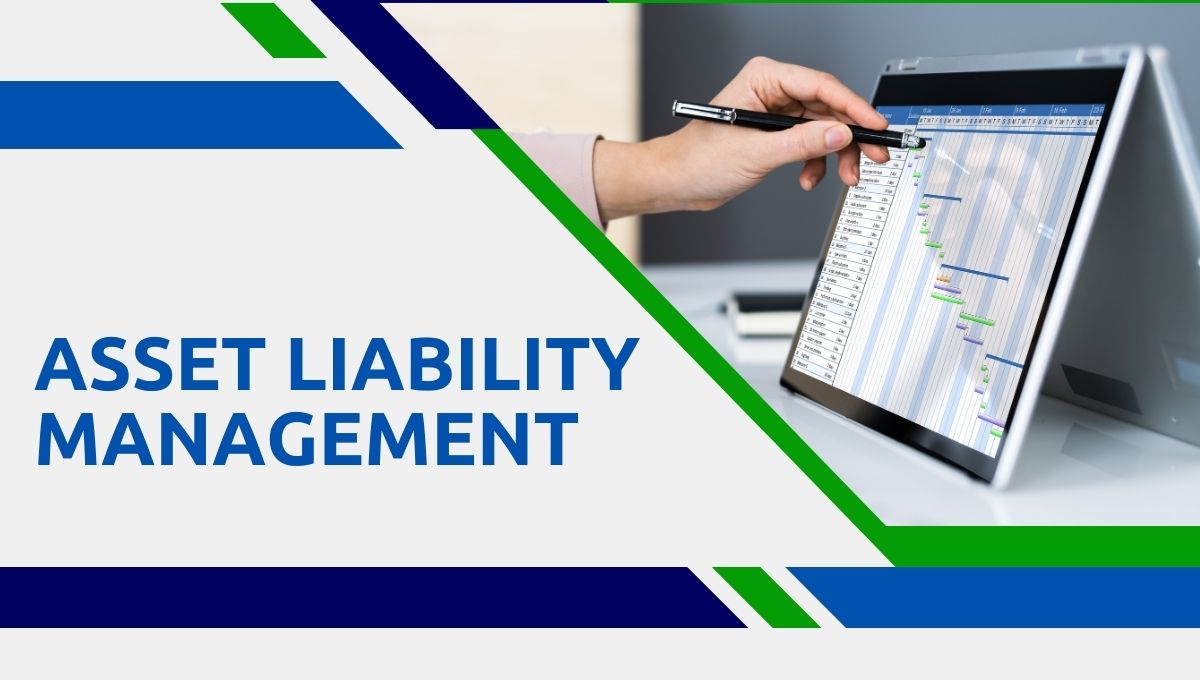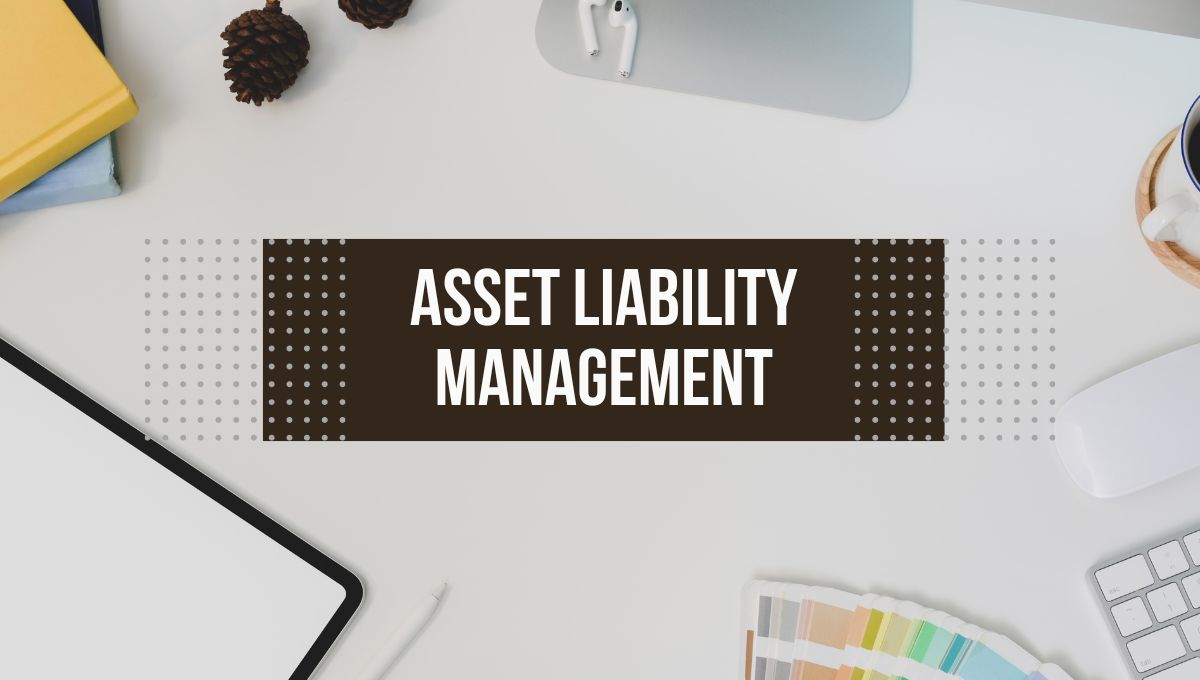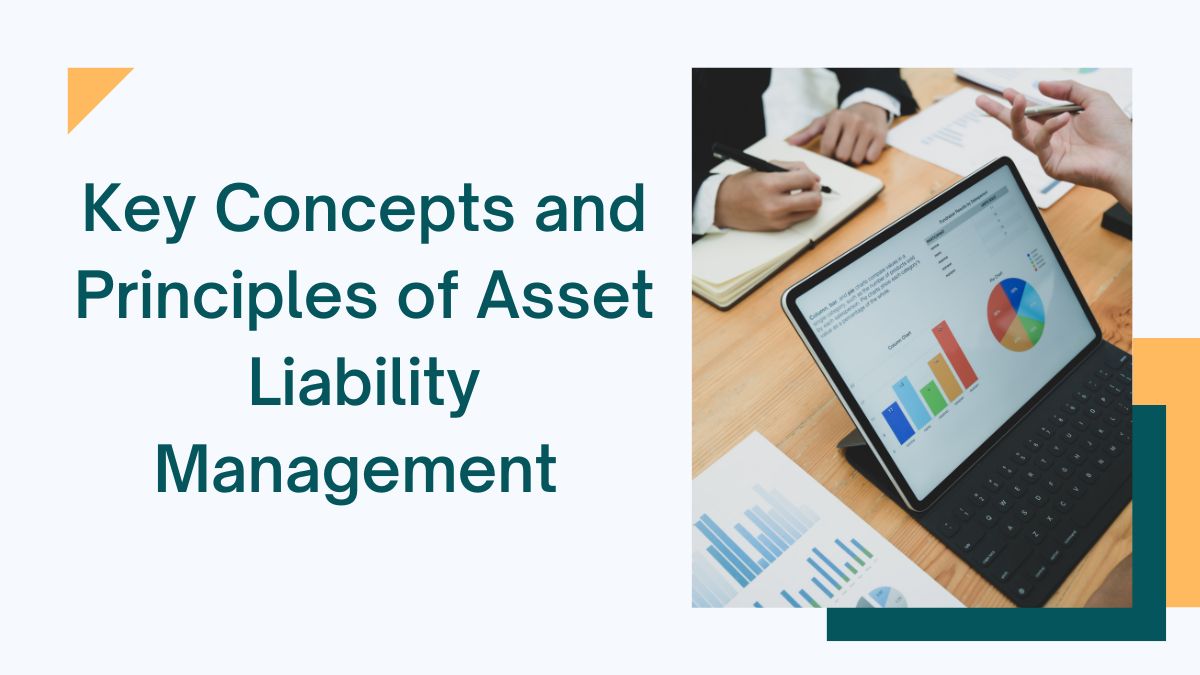Asset and liability management has become the bedrock for corporations and financial institutions in this tumultuous world economic situation. ALM, in itself, is not only about asset and liability management but also an optimal trade-off between risk and returns within the ambit of both short-term and long-term goals.
The rising complexities in global markets mean that ALM strategies today are complemented by sophisticated tools and technologies that enable organizations to reduce risks and achieve maximum returns. This blog covers ALM in all aspects, including its component parts, challenges, and technological advancements, and highlights the role of ALM in empowering modern CFOs.
Asset Liability Management: Background
The ALM started with banking when maintaining a match between deposits and loans was imperative. Eventually, it involved other than bank institutions including insurance companies, multinational firms, and investment companies.
The current state of ALM is multi-disciplinary practice involving:
- Risk Management Strategy: managing credit, market, liquidity, and operation risks.
- Financial Risk Appraisal: to analyze vulnerability from the statements of financial statements.
- Optimization of Investment Returns: maximizing the income without exposing itself to instability.
Do You Know?
The global ALM market is expected to grow at a CAGR of 7.2% during the period from 2023 to 2030 due to growing regulatory demands and technological innovations.
Fundamental Components of ALM
Interest Rate Management
Change in interest rates immediately impacts the value of both assets such as bonds and liabilities like fixed rate loans. The firms utilize:
- Interest rate swaps for protection against unfavorable variations.
- Gap analysis to pinpoint the differences between interest sensitive assets and liabilities.
Liquidity Management
Maintaining adequate liquidity helps an organization meet its obligations in times of stress. Tools such as LCR help assess liquidity positions.
Currency Risk Management
For a multinational corporation, currency risk management becomes important. An American-based company with substantial international operations will have reduced profits due to a dollar decline. To mitigate these risks, companies use derivatives such as forward contracts and options.
Credit Risk Management
Default by borrowers can cause instability in financial institutions. Methods like credit scoring models and collateral management are used to minimize this risk.
Duration Matching
Matching the duration of assets with liabilities ensures that changes in interest rates do not affect the balance sheet of the organization.
“Financial institutions cannot eliminate risk entirely, but through ALM, they can align their objectives with acceptable risk thresholds.” – Robert Merton, Nobel Laureate in Economics.
Extending to Risk Management Strategies
1. Scenario Planning and Stress Testing
Companies use scenario planning in estimating the effects of slowdowns in economic growth and geopolitical events on their balance sheets. Stress testing is another form that goes beyond these worst-case scenarios to be able to be resilient.
2. Regulatory Compliance as a Risk Mitigator
Basel III and IFRS 9 offer frameworks for maintaining capital adequacy and liquidity. Prudent ALM practices thus ensure that institutions are protected from systemic risks.
3. Holistic Risk Mitigation
Holistic ALM does not isolate risk. Rather, it combines different factors of risk. For instance, an insurer’s strategy might be to align premium collection times with expected claim payouts, thereby reducing both liquidity and interest rate risks.
Real-World Example:
A leading U.S. bank managed to mitigate risks during the 2008 financial crisis by undertaking ALM strategies that employed diversified asset allocation and kept liquidity buffers in place: it remained solvent while so many others failed.
Achieving Investment Return Optimization
The Role of Yield Curve Analysis
The yield curve gives a plot of interest rates of bonds of different maturities. Organizations use this kind of data to optimize their investment portfolio:
- Normal Yield Curve: Shows expansion; invest for long-term.
- Inverted Yield Curve: Shows recession; move to short-term, safer investments.
Improving Returns
- Active Rebalancing: Periodic adjustments in asset allocation to adapt to changing market conditions.
- Alternative Investments: Adding private equity, infrastructure, and real estate to portfolios to increase diversification and returns.
Technology in Action
AI-based platforms analyze large datasets to identify high-yielding opportunities with minimal risk. For example, robo-advisors provide real-time portfolio recommendations that enhance returns for institutional investors.
ALM in Multinational Corporations
For MNCs, ALM is a more complex issue because of their exposure to multiple jurisdictions and currencies. Some of the key considerations are:
1. Managing Regulatory Differences
Capital, liquidity and taxability requirements vary with countries. A centralized treasury function ensures there is local alignment on policies adopted while being cohesive at a global level.
- Hedging Currency Risks
Fluctuations in foreign exchange have dramatic effects on the revenues and profits of MNCs. It hedges risks through:
- Natural Hedging: Matching revenues with expenses that are incurred in the same currency.
- Forward Contracts: Where exchange rates can be booked for future transactions.
- Managing Political and Economic Risks
Contingency planning by MNCs working in politically unstable regions can prevent the financial erosion of a business.
Case Study: Global Tech Firm
The company, an international technology major, utilized ALM to manage its $10 billion offshore cash pool by taking strategic currency swaps and diversifying its investments to earn returns irrespective of currency fluctuations.
Sophisticated Technological Solutions for ALM
- Artificial Intelligence (AI) and Machine Learning (ML): AI and ML have revolutionized ALM as both offer predictive analysis and automation capabilities.
- Predictive Models: Interest rate forecasting and liquidity requirement.
- Automated Monitoring: AI algorithms are used to monitor market data to identify mismatches.
Blockchain for Transparency: Blockchain technology improves the transparency of transactions, thus enhancing trust in cross-border ALM practices.
Cloud-Based ALM Solutions: Cloud platforms allow real-time collaboration and integration across global offices, thus improving the efficiency of decision-making.
Data Insight
According to a survey by Accenture, 68% of the financial institutions that applied AI in ALM reported a rise in risk-adjusted returns within two years.
ALM and the Strategic Role of CFOs
CFOs are at the top of ALM, directing decisions that impact the health of the organization. Most CFOs will seek more advanced training to be able to arm themselves with new tools and strategies. These could include a CFO course focusing on:
- Financial Risk Assessment
- Investment Optimization Techniques
Why CFOs Need to Pay Attention to ALM
- Confidence of Stakeholders: The best ALM builds trust with investors and stakeholders.
- Long-Term Stability: Equilibrium between short-term liquidity and long-term profitability ensures sustainable growth.
- Regulatory Compliance: With ALM expertise, one can easily navigate complex regulatory environments.
“CFOs who master ALM strategies position their organizations for resilience and profitability in an uncertain world.” – Harvard Business Review
Statistical and Industry Insights
- Global Trends: Digital ALM tools are expected to save financial institutions over $1.2 billion annually by 2030, according to a Deloitte report.
- Performance Impact: Companies using effective ALM techniques experience a 20% increased return on equity (ROE) than their peer group.
- Industry Benchmark: Within the insurance sector, PwC discovered that ALM helped alleviate solvency risks by as much as 30% in a five-year period.
ALM FAQs
1. What is the impact of ALM on profitability?
With ALM, the efficiency of resource utilization is improved as risk and return balance out each other, maintaining profitability regardless of market turbulence.
2. What are the problems associated with the implementation of ALM?
Major concerns are regulatory compliance, integration of data, and cross-border risk management. However, these issues are mitigated through technologies such as AI and cloud-based solutions.
3. How is ALM different for banks and insurance companies?
Banks are primarily concerned with liquidity and interest rate risks. Insurers, however, are concerned with long-term asset matching with future policyholder liabilities.
4. What is the role of CFO courses in ALM?
CFO courses provide specialized knowledge in financial risk assessment, regulatory frameworks, and advanced ALM techniques, empowering finance leaders.
5. Can small businesses benefit from ALM?
Absolutely! ALM can help small business owners control cash flow effectively while lowering borrowing costs and managing potential risks to maintain stability.
Conclusion
This asset-liability management then is more than a financial strategy. ALM is actually a framework for resilience and growth, with integration of strategies for risk management, regular financial risk assessments, and optimization of investment returns.
As the financial world is getting more dynamic, with more use of technology and training like a CFO course, leaders are equipped to do their best. ALM, embraced today, ensures a sustainable and profitable future that perfectly balances risk and return.
“ALM is not just a tool but a philosophy that empowers organizations to thrive amidst uncertainty.” – Industry Expert
Ready to elevate your financial management skills? Explore our CFO course today and master the art of ALM to lead your organization toward unparalleled success!



